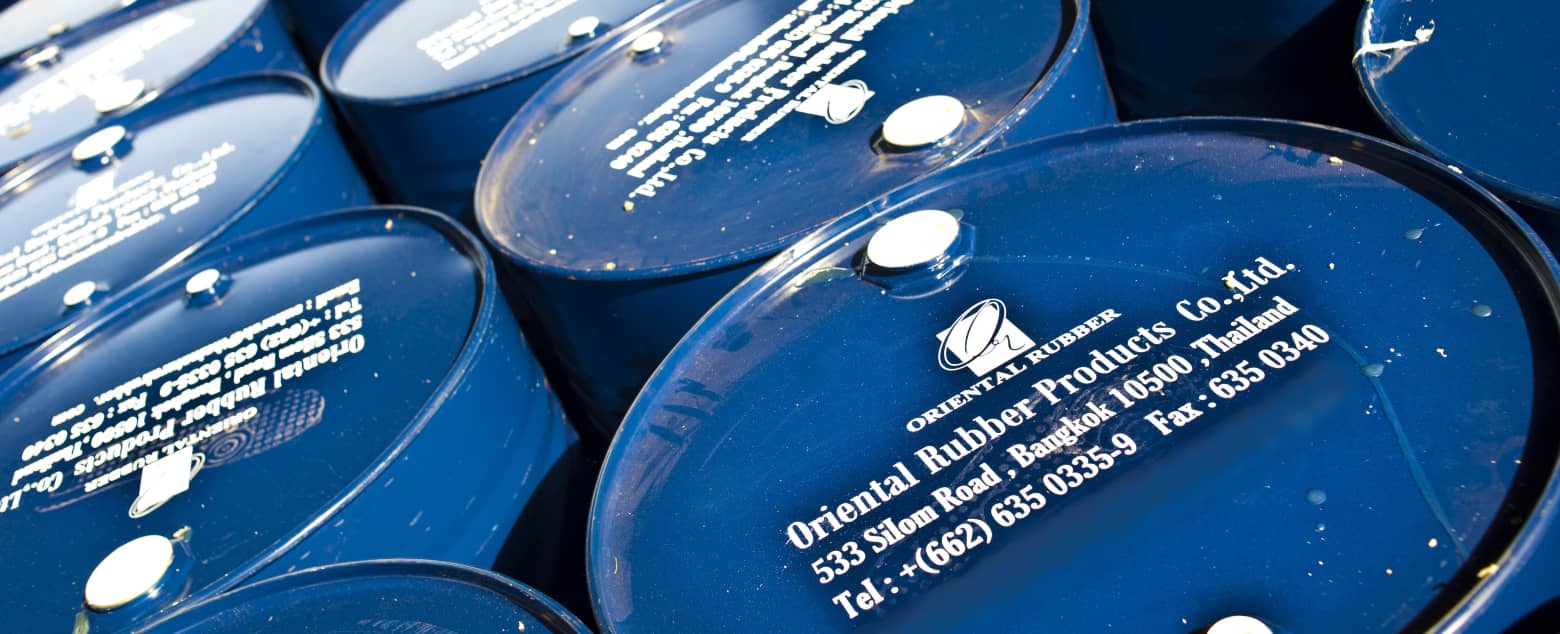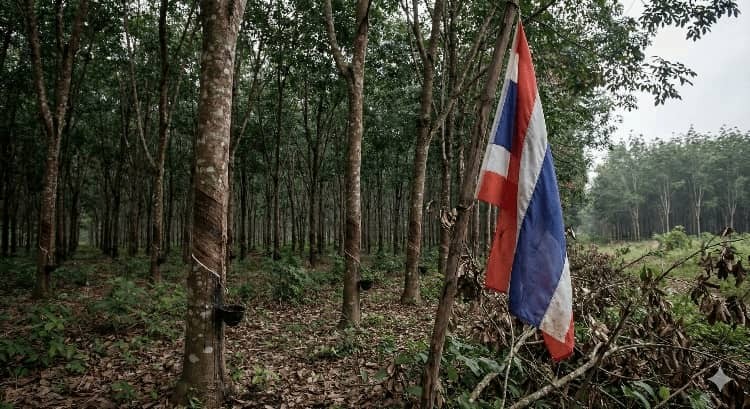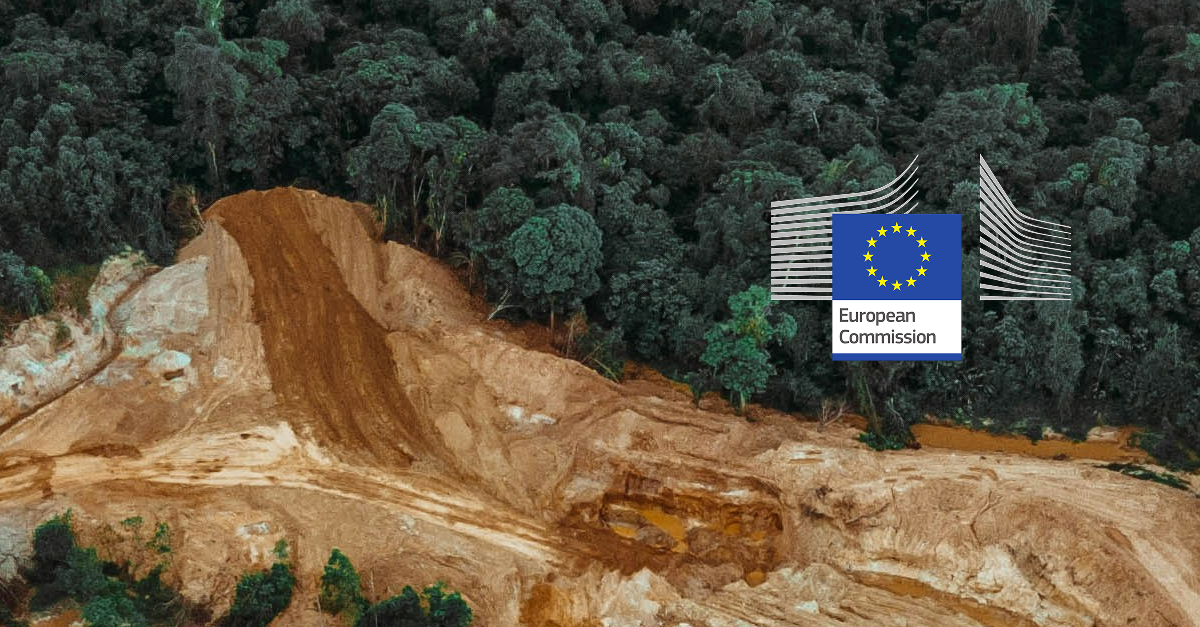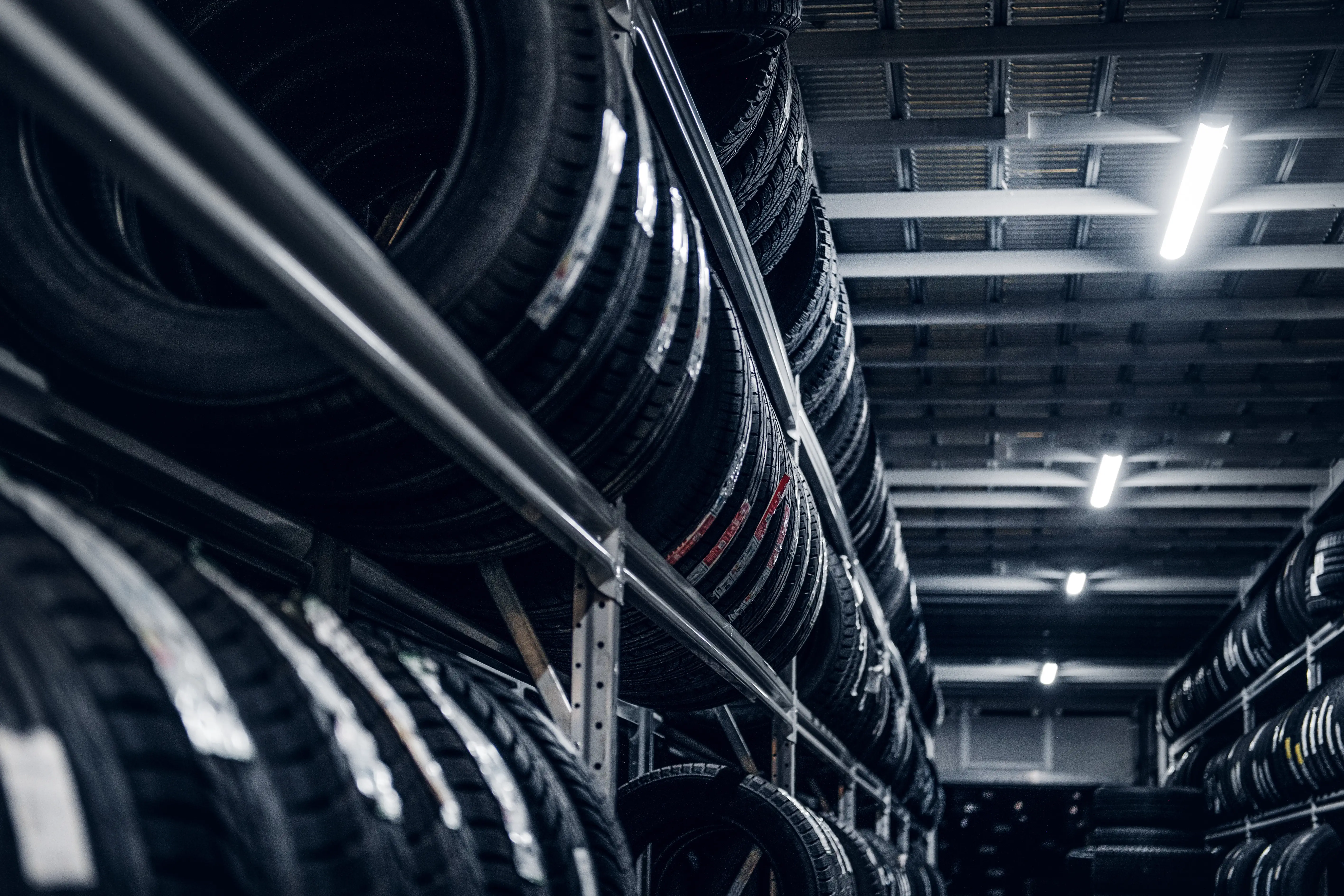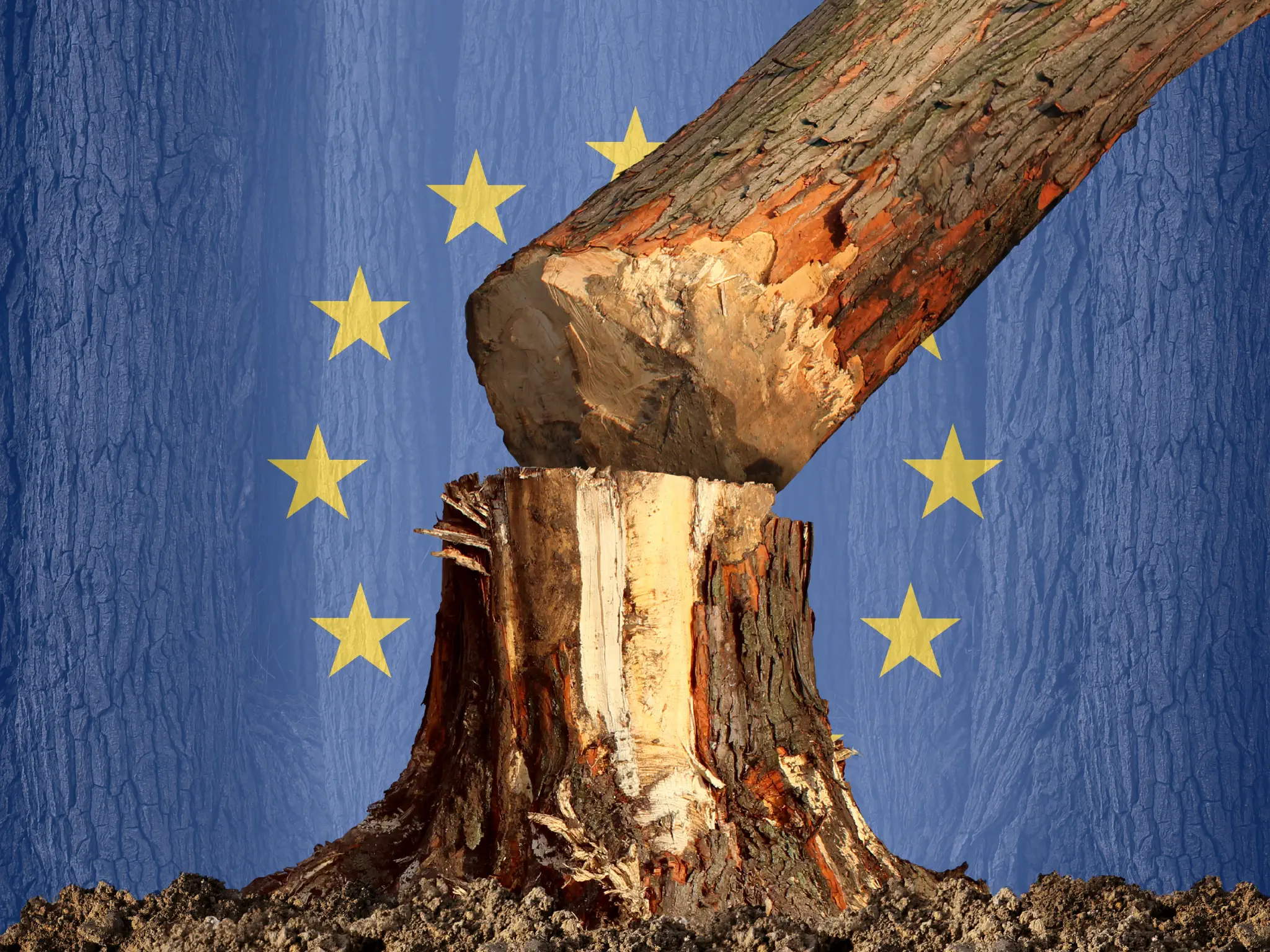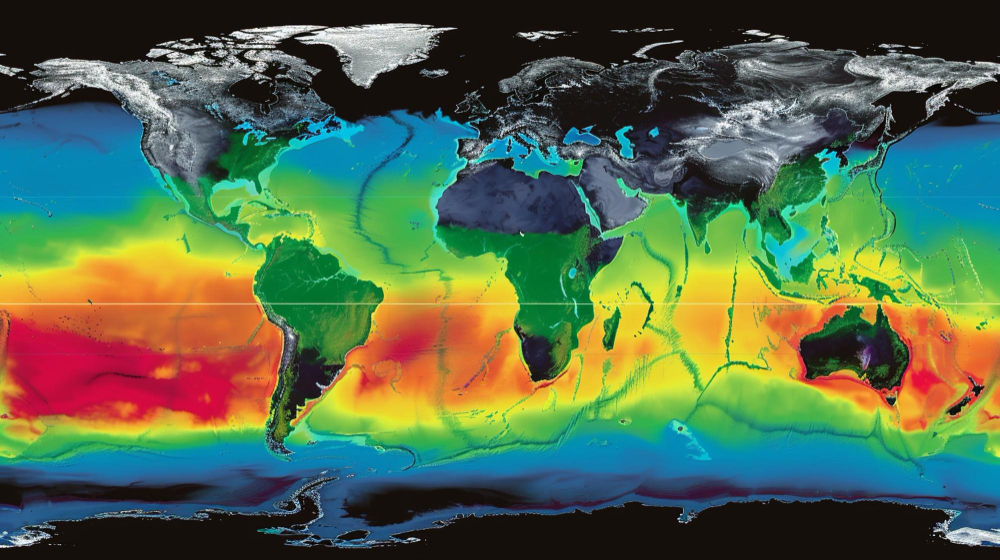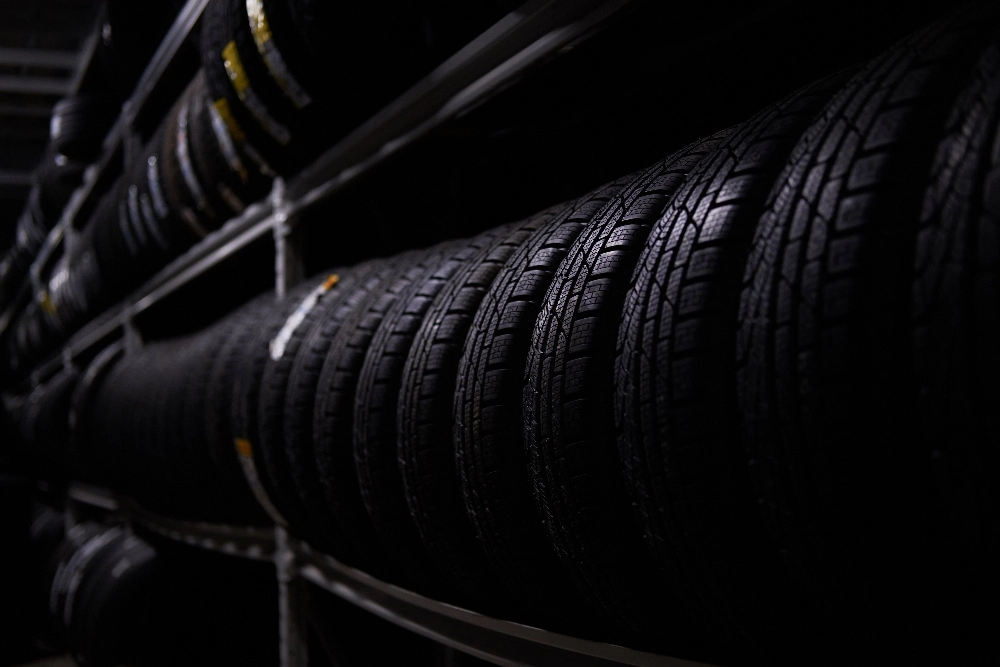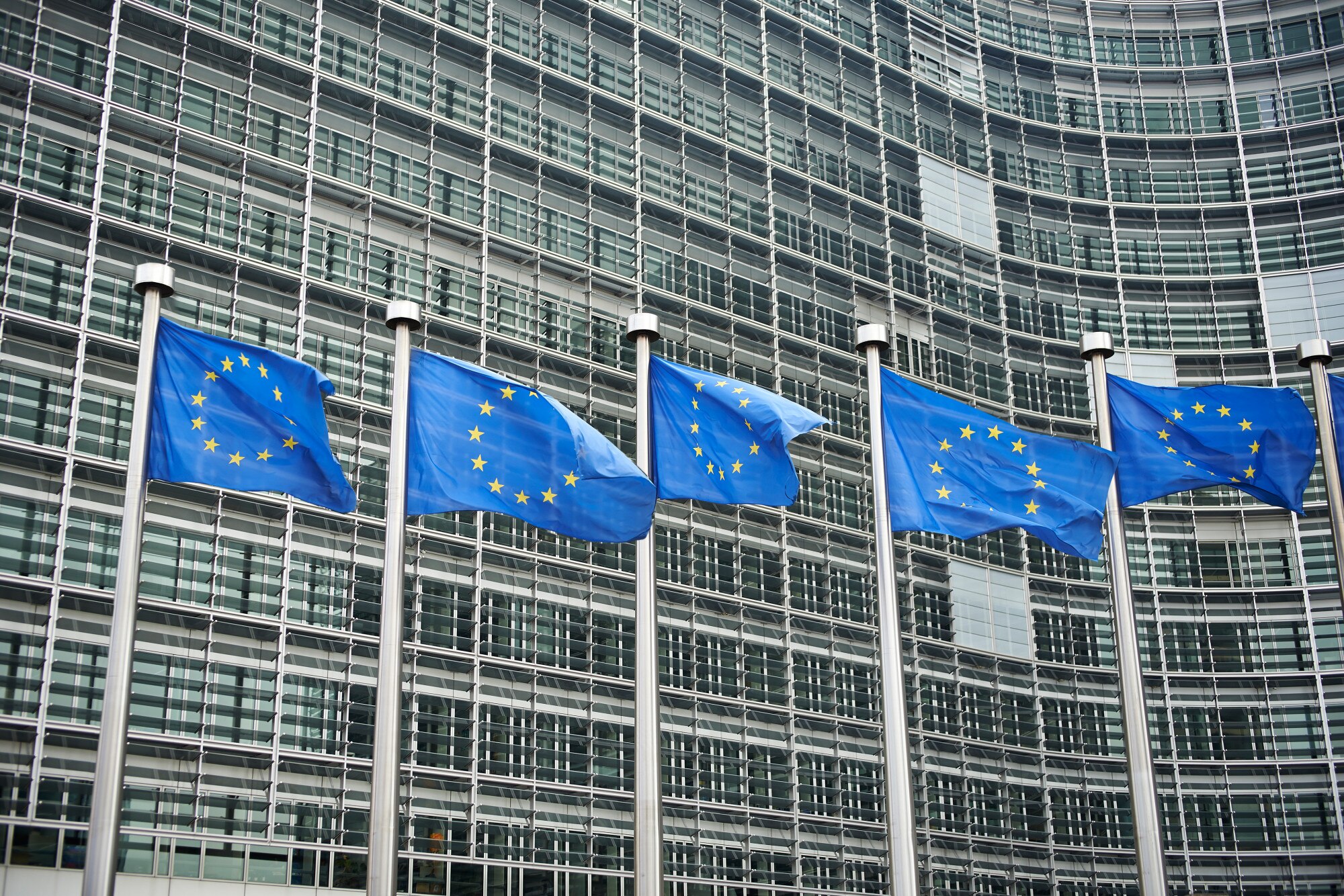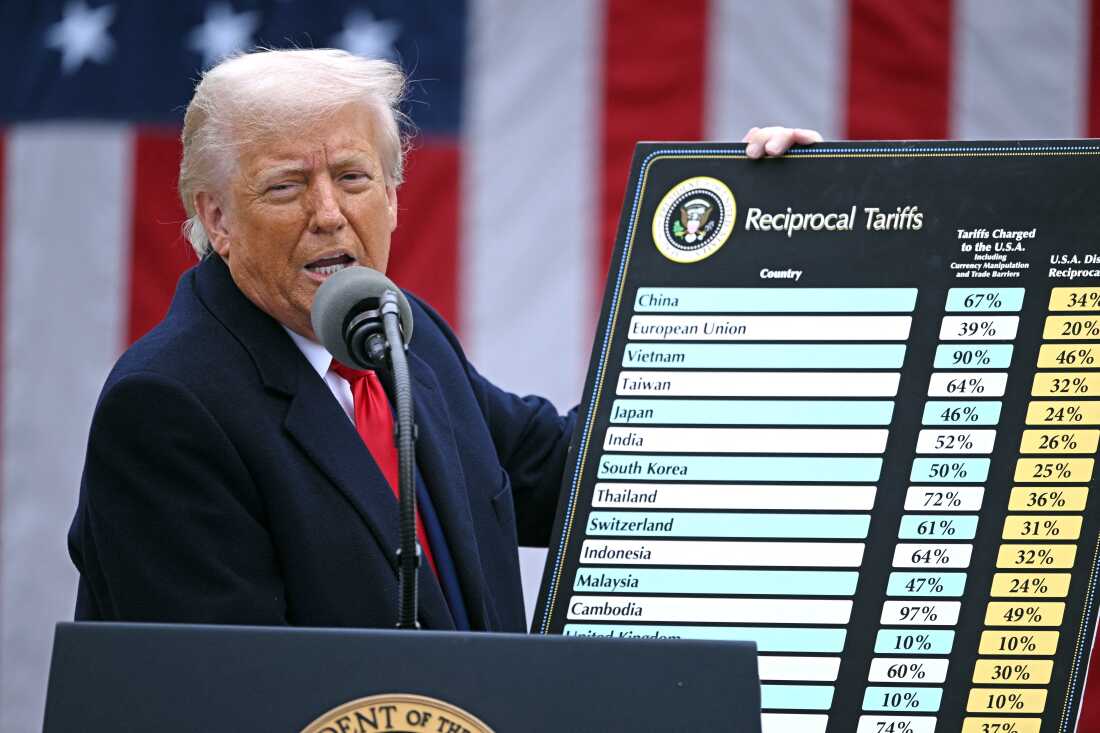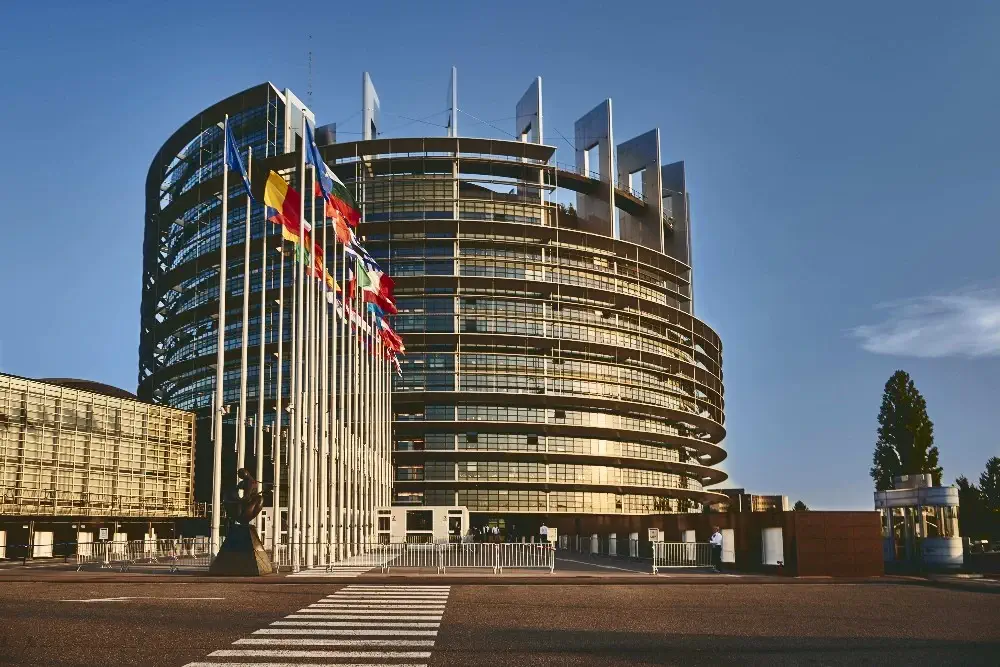
EUDR Impact on Global Rubber Industry and 2025 Outlook
The European Union Deforestation Regulation (EUDR) is reshaping the global rubber industry landscape, presenting both challenges and opportunities for stakeholders worldwide. According to Prof. Joseph Adelegan, Secretary-General of the International Rubber Study Group (IRSG), the regulation marks a significant shift from mere legal compliance to comprehensive sustainability requirements.
EUDR Implementation and Market Impact
The EUDR's implementation, while delayed until December 2025, introduces stringent traceability and geolocation requirements for rubber and other high-risk commodities. The EU Parliament's rejection of the proposed no-risk classification adds another layer of complexity to compliance efforts. This regulatory framework creates a potential market segmentation, where EUDR-compliant producers gain access to premium EU markets while non-compliant ones face exclusion risks.
Smallholder Challenges and Support Mechanisms
A critical concern remains the impact on smallholder farmers, particularly in developing regions. These producers often lack the technical and financial resources necessary for EUDR compliance. Industry experts emphasize the need for:
- Financial subsidies to offset compliance costs, enabling smaller producers to implement necessary changes without compromising their operational viability
- Comprehensive training programs designed to educate farmers about sustainable practices and compliance requirements
- Development of cooperative models that allow smallholders to share resources and collectively meet EUDR standards
- Simplified compliance processes specifically tailored for small-scale producers, reducing administrative burden while maintaining effectiveness
Market Dynamics and Price Trends
According to Arusha Das, Head of Pricing, Data, and Research at Helixtap Technologies, several factors influenced rubber markets in 2024:
- Weather disruptions, including unseasonal rains and typhoon impacts, significantly affecting production capacity and supply chain stability
- Illegal imports into Thailand, creating market distortions and pricing pressures
- Red Sea shipping disruptions, impacting global supply chains and delivery times
- China's stimulus package effects, influencing market demand and pricing structures
- Export restrictions from Ivory Coast, affecting global supply distribution
- La-Nina transition impacts, creating additional production uncertainties
Supply and Demand Outlook
The market faced a supply deficit of 0.4-0.5 million tons in 2024 due to weather-related disruptions. While African producers could partially address this shortfall, weather conditions remain a crucial price determinant. Demand is expected to show gradual improvement, supported by:
- Easing interest rates, potentially stimulating industrial activity and rubber consumption
- Continued growth in the electric vehicle market, driving sustained demand for rubber products
- Market stabilization anticipated by 2025, as supply chains adjust to new regulatory requirements
Future Considerations
The EUDR's influence extends beyond the EU market, potentially setting a global precedent for environmental regulations. This could trigger similar standards adoption in other major markets, encouraging worldwide transition to deforestation-free practices. However, trade tensions, particularly involving China, could impact market dynamics and demand patterns.
The delay in EUDR implementation has provided additional time for market adjustment and system preparation, with final adjustments and country benchmarking methodologies expected by mid-2025. This transition period allows stakeholders to adapt their operations and implement necessary compliance measures while maintaining market stability.
Source: Analysis based on presentations at the Vietnam Rubber Dinner Seminar by Helixtap Technologies.
